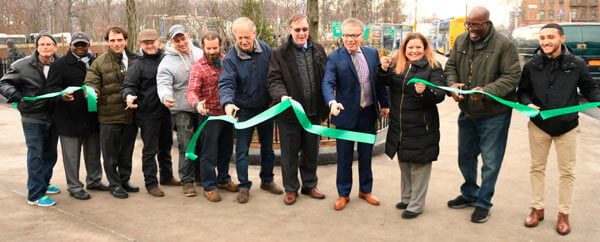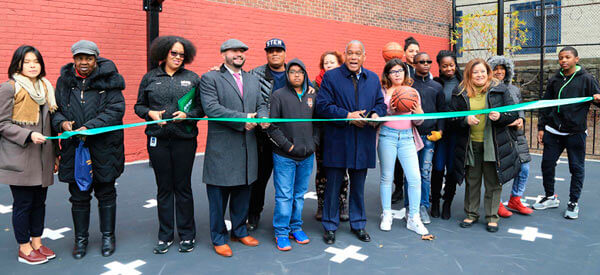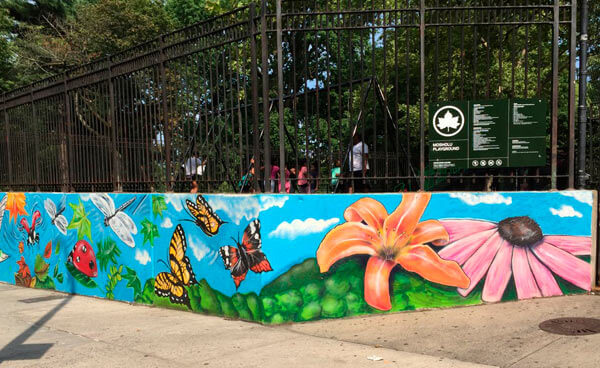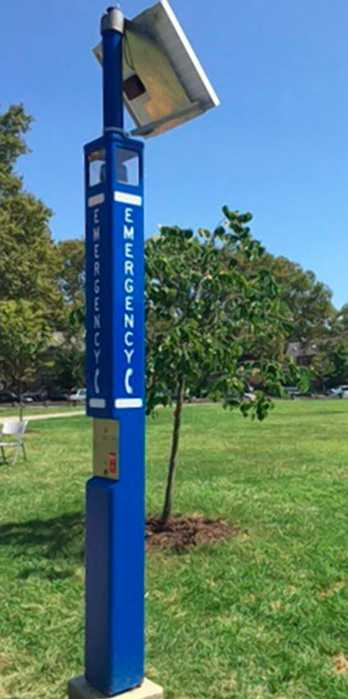Residents of Community Board 1 got the first glimpse of what will be the future home of a riverfront park, which is part of a $194 million investment in the south Bronx.
Members of NYC Parks, NYC Economic Development Corporation and a design firm met with the public at Hostas Community College on Saturday, November 14 to collect information and receive feedback from those in attendance.
“We’re excited to receive input from the community as we begin developing a design and programming for a new 2.3 acre park in the south Bronx. We’re continuing to fulfill the community’s desire for open space and waterfront access and will keep residents informed of progress,” EDC chief and AVP, Public Affairs, Shavone Williams said in an email to the Bronx Times.
The organizers gave a brief presentation of what the park could potentially look like, followed by Q & A session, a quick poll of the audience and the formation of small focus groups to receive the public’s opinion of their vision of the park.
The future site of what the city is calling the Lower Concourse Park Project is situated between 144th and 146th streets facing the Harlem River and parallel to the Major Deegan Expressway.
Historically and currently, the site has been used for industrial purposes and is also in the path of Oak Point rail line that transports the city’s trash out of town.
The park is just one piece of a bigger infrastructure project after approximately 30 blocks along the Harlem River were rezoned for mixed-use future development in 2009.
Following the rezoning of the area, Mayor de Blasio announced a $194 million infrastructure investment to accommodate open space, water access and affordable housing within those 30 blocks along the river to better serve the community.
Despite the entirety of this major investment project, the focus of the Thursday night meeting was the 2.3 acre park.
Presenters did display what their hopes are for the park as well as constraints for the project. Those issues discussed in the presentation included the area’s vulnerability to flooding, the noise from the expressway and the river’s swift current.
Members of the Bronx Council of Environmental Quality Chancy Young and Karen Argenti have been a part of the discussion since 2009 and made their views clear on what the park should include and how it could have the best impact on the community.
“The BCEQ has been working on the riverfront for decades,” Young said, “longer than they (Parks/EDC) have, they have a lot of newer staff as well.”
Young voiced his concern on how dedicated and committed the community outreach efforts actually were prior to the meeting.
“I think the consultant they hired didn’t do a great job,” Young said, “in terms of outreach, there was a poor turnout.”
One resident and welco
“Why don’t I see more members of my community here?”
Despite low community attendance at the meeting, those who attended were delighted to hear the commitment to install open green spaces as well as items like a comfort station.
“I’m glad to hear Parks putting in a comfort station because they are expensive, but necessary for a well-used park,” Young said.
Young also stressed the importance of maintaining the park because a neglected park is not a well-used park.
Other suggestions and ideas for the park were the needs for a mixed-use greenway and a waterfront dock for canoes and kayaks.
According to Argenti, terms used by the parks department like esplanade and promenade do not specify if bike lanes would be implemented into those walkways.
“We need to make sure it’s for bicycles as well and it really needs to be open all the time because people will be using it as method of transportation,” Argenti said.
Besides the actual amenities of the park, Argenti discussed in further detail in a later interview about the importance of a living shoreline and conducting further research on the property through a Brownfield study. She is concerned about continuous polluting of water in the area.
Argenti finds that a living shoreline, which is essentially man-made wetlands, would only help the surrounding ecosystem.
“It would increase the productivity of the fish and work as a surge in the case of a hurricane,” Argenti explained.
With the park design being in such preliminary stages, there will be more opportunities for the public to see what Parks and the EDC will do with the area.
According to the project schedule, further concept designs will be presented to the Parks subcommittee and the full board this coming February.
According to the EDC, construction on the park is expected to begin in 2020.




















